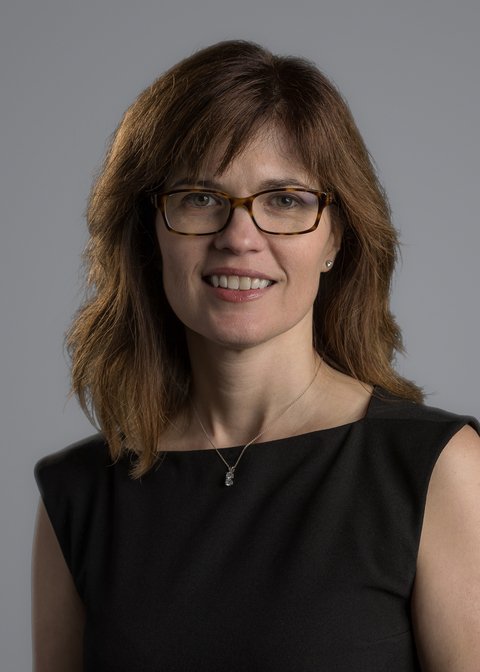Physicians knew what they are getting into. Theirs is a job with both inherent rewards and stressors, said Deirdre Mylod, Ph.D., executive director of Press Ganey’s Institute for Innovation and its senior vice president of research & analytics.
Talk to physicians about the satisfaction that comes from helping people as well as the stress of caring for dying patients and they nod in agreement, Mylod said in an interview with FierceHealthcare.
“They say, ‘I know what I was signing up for,’” says Mylod, whose research culminated in the publication of Press Ganey’s new report on healthcare provider burnout.
And it turns out the burnout that impacts physicians, nurses and other frontline healthcare workers is complicated.
“The stressors and rewards that contribute to burnout risk derive from different sources, and the way individuals and teams respond to these stressors and rewards varies based on job responsibilities, personal values and professional experiences,” the report said.

There’s no one-size-fits-all solution.
“Organizations should move beyond any single rolled-up measure for assessing burnout, and instead adopt a more agile, individualistic plan that examines and explores the different sources of stress and reward for specific segments of caregivers,” according to the report.
The report's approach to coping with burnout centered on four main strategies:
- Deconstruct burnout into actionable component parts. Recognize both inherent and external stressors and rewards for healthcare providers.
- Analyze the interdependencies across those components.
- Measure the experience of physicians and nurses with an eight-item tool developed by the company.
- Design interventions that enhance caregivers’ resilience and reduce their vulnerability to burnout.
Those steps can provide hospitals and healthcare organizations a conceptual framework for thinking about the causes of burnout and finding solutions, Mylod says.
RELATED: As burnout spreads, healthcare organizations scramble for answers
By understanding the sources of stress that lead to burnout for different clinicians, the rewards that offer some protection against it, and the influence of resilience on the balance of the two, healthcare leaders can develop solutions that target the risk factors, increase the protective factors and help clinicians rediscover their sense of purpose that got them into medicine.
The research for the report found some differences between doctors and nurses. Both have a high degree of engagement with their work, they generally find their work makes a real difference and is meaningful.
But doctors have a harder time disconnecting from their work. They scored higher on measures that indicated they lose sleep over work issues and have a hard time enjoying personal time without focusing on work.
Helping providers be resilient to burnout isn’t a matter of telling them to toughen up, she says. It’s about finding ways to make the job better for them.
For instance, Hawaii Pacific Health has a program is calls GROSS, which stands for "get rid of stupid stuff." Its aim is to reduce those added stressors, she says. It asks providers to tell leaders if there is something they think they should not be doing that is part of their job.
Healthcare professionals have sent in hundreds of submissions. While a healthcare system can’t change some things, it can change others.
RELATED: Physician burnout: 1 in 5 doctors want to reduce their clinical hours
At one practice, Dale M. Glenn, M.D., a family medicine physician at Hawaii Pacific, asked doctors, "what can I do for you?" The physicians told him he could get their computers fixed, according to Mylod. It turns out that when new computers were set up, the resolution was set incorrectly so that all the doctors could see was a tiny square, making it unnecessarily tough to work with their computers.
Asking what needed to be fixed might eliminate inefficiencies such as that, she said. Some problems might be easy to fix, while others will require more intensive efforts. But healthcare organizations can help by creating safe environments for healthcare providers to talk about the stressors that are burning them out, she said.
For instance, oncology practices can help doctors deal with real stressors brought on by caring for very sick patients who may die,. Methods such as creating groups for doctors to talk about their feelings can help, she says.
"Understanding the embedded norms, behaviors and practices that influence individuals' vulnerability or resilience in the face of stress, their confidence that the work they're doing has meaning, and the support they feel from colleagues and the organization can help leaders nurture a culture that optimizes all of these," Press Ganey wrote in the report.